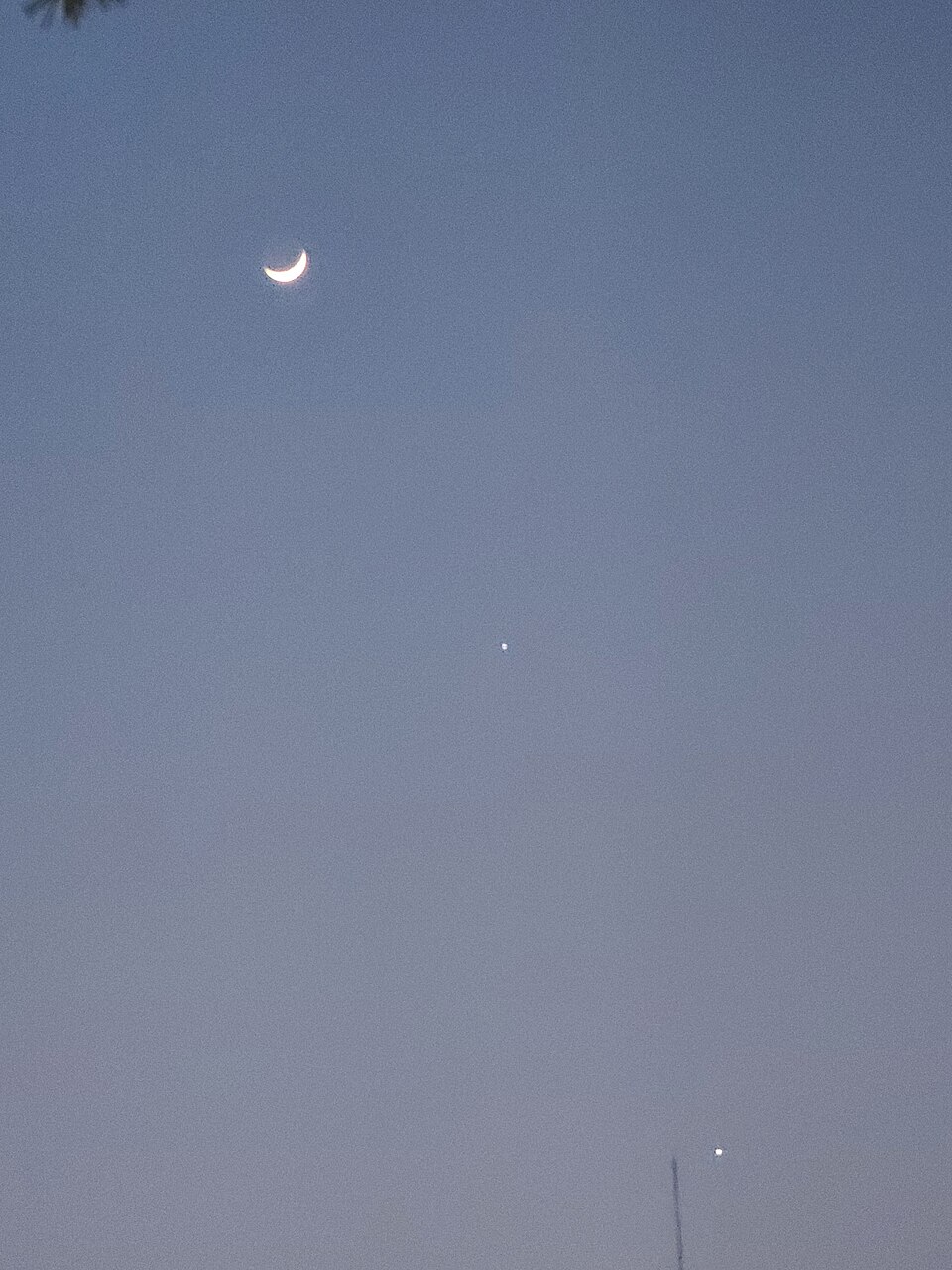Morning Sky Highlights: Jupiter and Crescent Moon Dance in Gemini

On the morning of July 23, 2025, skywatchers were treated to a celestial display as Jupiter, the largest planet in our solar system, rose alongside Earth's only natural satellite, the Moon. This astronomical event occurred in the constellation Gemini, commonly referred to as 'The Twins.' Observers in the northeastern regions witnessed this remarkable sight shortly before sunrise, with Jupiter shining brightly at magnitude -1.9 and the crescent Moon illuminated at just 3 percent.
According to Alison Klesman, an astronomy expert from Astronomy.com, the pairing of Jupiter and the Moon formed an elongated triangle with Epsilon Geminorum, a third-magnitude star situated between them. The Moon, appearing as a delicate crescent, was positioned to the right of Jupiter, creating a striking visual contrast against the backdrop of the early morning sky. This alignment provided an opportunity for amateur astronomers and enthusiasts to use telescopes to glimpse some of Jupiter's Galilean moons, including Europa, Io, Ganymede, and Callisto.
The visibility of these moons varied depending on the observer's location. For instance, East Coast viewers had the chance to observe Europa, which was notably visible to the west of Jupiter at around 5:15 A.M. EDT. However, this moon subsequently vanished into Jupiter's shadow, remaining out of sight for the remainder of the morning, only to reappear just after sunrise in the Pacific time zone.
For those interested in the specifics, sunrise on this day occurred at 5:51 A.M., while sunset was scheduled for 8:22 P.M. The Moon rose at 4:07 A.M. and set at 8:04 P.M. The waning crescent phase of the Moon was significant, as its low illumination made it a perfect pairing with the bright Jupiter. This alignment not only served as a remarkable sight for those interested in celestial events but also highlighted the dynamics of the solar system as the Moon and Jupiter interacted visually in the skies above.
In the broader context of astronomy, such events are crucial for fostering public interest in the sciences. Dr. Lisa Anderson, an astrophysicist at the California Institute of Technology, remarked, "Celestial events like this can inspire a new generation of astronomers and scientists. They provide a tangible connection to the cosmos that is both educational and awe-inspiring."
The occurrence of Jupiter and the Moon in Gemini adds to the rich tapestry of astronomical events that take place throughout the year. Observers are encouraged to keep an eye on future alignments and celestial happenings, as they offer unique opportunities for observation and learning.
As technology continues to advance, tools such as telescopes and mobile astronomy apps enhance the ability for enthusiasts to observe and understand these phenomena. The accessibility of such resources is vital as more individuals engage with the night sky, potentially leading to increased interest in space exploration and science education.
The morning sky on July 23 was not just a spectacle; it was a reminder of the beauty and complexity of our universe, inviting everyone to marvel at the wonders above.
In conclusion, the simultaneous rise of Jupiter and the Moon served as a captivating reminder of the dynamic and interconnected nature of celestial bodies, encouraging ongoing exploration and appreciation of the cosmos.
Advertisement
Tags
Advertisement





